When people say content is king, they are not wrong, as a blog is really beneficial for your SEO strategy, especially when you are an onscreen merchant.
You might know that creating a blog is easy and uncomplicated, but creating content can often get tricky and complicated. Still, you can’t neglect this soul of the website. No matter how many tools you use and how many tactics you apply, you will lose most of your sales if you are not strong on the content part.
This technique for marketing is proven excellent by the experts. Content drive traffic, recognize your brand, win customer loyalty and gain a competitive edge, which is necessary to outperform in the market.
However, content is relatively overlooked when it comes to e-commerce websites. Marketers know content is the ground for excellent web experience; still, many don’t ponder on this section and go after other segments.
If you are working on a small budget and desire to gain significant leads, you must now plan your content marketing strategy. The more efficient and engaging your content is, the better your reach and conversion will be.
According to the demand metric (demandmetric.com), content marketing charges 62% minus traditional marketing and generates three times more leads.
Tips For Creating The Best Content For Your E-Commerce Website
As said a few paragraphs ago, creating content can be tricky, but it is interesting at the same time. Following are the twelve thriving tips that make the experience smooth and contributes to producing relevant and engaging content that can help you get indexed.
Before you start, remember your content is the ground that will rank your site in search engine result pages and make it more visible on search engines.

1. Identify Your Audience
Identifying your audience is the key to successful content. This way is the first rule of content creation which will tell who you want to talk with and who can become your potential clients.
If you don’t know who your target audience is, you can never generate significant results. Suppose your content has a traffic of 100 leads and only five turns into customers, then remember you are doing nothing other than wasting your time.
Therefore, you must identify your target audience and their behavioural patterns because covid shutdowns have bought massive behavioral changes in customers regarding purchasing decisions.
To identify your customer better,
- Check your target geographic information
- Look for demographic facts
- Find psychographic figures
- Create a buyer persona
- Gaze on the conversation of your competitor and its audience
- Conduct surveys
- Analyze reviews
- communicate
2. Establish Your Unique Tone
The second most important tip for content creation includes establishing the tone of your brand. Developing the tone can be complex and might take extra time, but it is essential to keep the audience entertained and engaged.
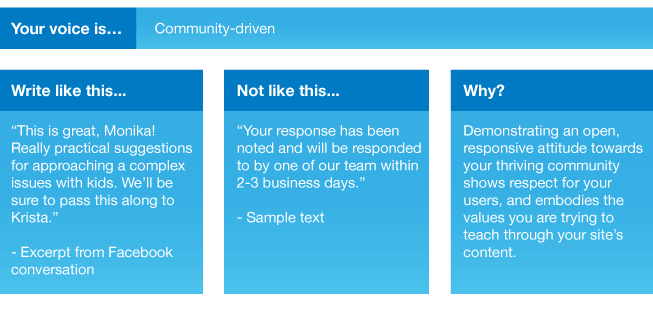
This unique voice of your brand gains viewers trust and makes them stay longer. While fabricating the tone, you must make sure that your language and voice resonates with your target audience and offer them great value. However, this is easier said than done, so it’s no wonder why many businesses decide to seek help from the top SEO agencies and let them do the heavy lifting.
Points to keep in mind while establishing the voice are:
- Analyze your brand attribute
- Pick a voice that makes you distinct
- Bring the personality
- Speak who you are
- The grammar police are everywhere; ponder on your grammar
- Create your brand’s voice to the microcopy
3. Do Keyword Research
Once you have recognized your target audience and what tone you need to pursue, it’s time to go for keyword research.
For keyword research, you must know what your subject is and what you want to talk about. As soon as you are mindful of your topic, build keywords around them. Go for medium to longtail keywords and start discovering.
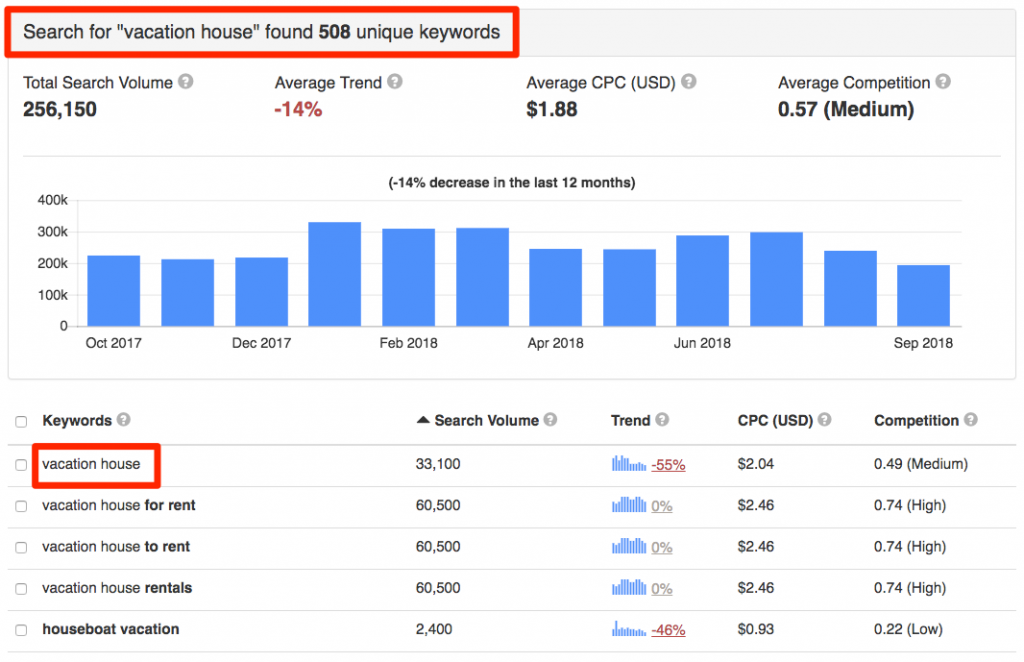
You can also use keyword research tools and fetch specific keywords with less competition but can drive excellent transactions. Generally, catchphrases made up of two to three short keywords give more benefits than proper research.
Keyword research also helps you tighten down your audience and are cleverer at suiting the user’s intent.
4. Start Your Content With Selling Point
After you have all your plan handy, it’s time to start crafting the content. However, before anything else, find the association between your idea and what your e-commerce business has to propose.
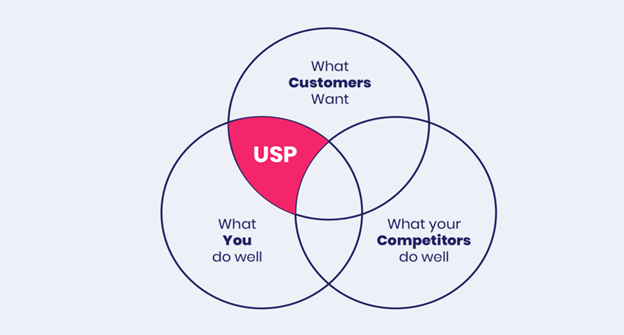
Look for what’s in trend and what your target audience is interested in and then experiment with it and give it a go. Try to add the impression of fashion in your content but don’t do beyond your subject.
Remember, not every trend is for you; go for the one that suits your objective best. Eventually, there has to be a crystal clear relationship between the content you are creating and the product/service you are selling.
5. Write What Works Best
After you are well aware of the hot trends market is utilizing, narrow down the ones apposite to your subject. This will take a good quantity of research and assessing but is essential.
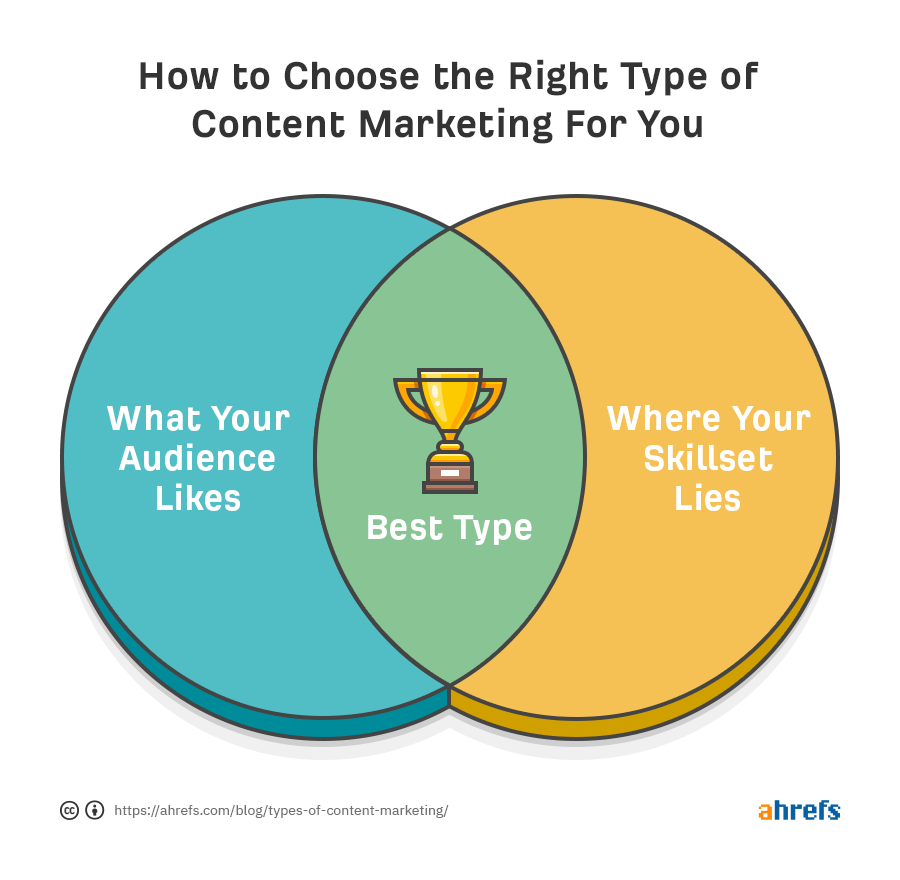
See what kind of content serves your target audience best. According to Assignment Assistance UK, online businesses should only stick to the content that provides value to the audience they intend to reach. The ones who don’t count in your potential client don’t matter to you, and it’s okay if your blog doesn’t cater to them.
By working on the content that suits your audience best, you are letting your visitors come closer to your brand, which sooner or later will bring substantial traffic to your website.
6. Add Infographics
Written content can do a lot, but what capabilities Infographics have, no one has. Infographics are one of the most admired content frameworks of an e-commerce website. They are cool, trendy, exciting, versatile and perfect at bringing life to boring textual content.
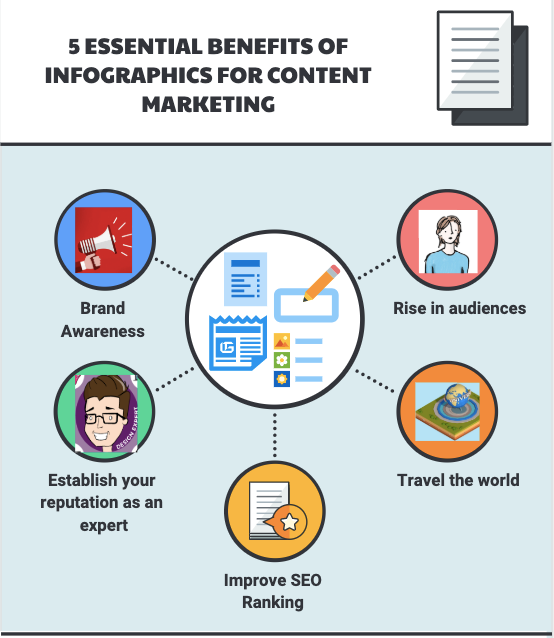
Since the nature of infographic is visual, people tend to remember it better because the human brain processes visual facts 60,000 times faster than text; therefore are easier to keep in mind.
Also, Infographics are great for building backlinks but make sure you always quote your sources.
7. Spy Out On Your Competitor
What a pain it is when your brand can be found nowhere, and your competitor is continuously ranking, gorging up all the market share.
Content development is not a new strategy nor an innovative idea; it’s one popular and widespread practice that has been used for years and will be a part of the future for a good time.
With all rivals are working on the same system, there are a lot of chances that you and your foes are using the same tactics to drive leads and generate better conversions to augments sales.
No matter how innovative or creative you become, you will always have to eye on your competitors move. Check the content they are creating, the ideas they are using, and the keywords they are ranking. This practice will assist you in amending your strategy, and you can come up with a better idea to surpass them.
However, eying on your competitor doesn’t mean copying your competitor’s techniques; instead, you can analyze what factors are making them prevalent and what keywords are the reason they are getting indexed.
8. Optimize Your Content
Now comes one of the most crucial parts of content marketing, optimizing the content. This process is taken into action to make sure the content you’ve created is well written and is capable enough to reach a sizeable possible target audience.

To optimize your content’s sharability, bring significant traffic to your e-commerce store, including a solid meta title and meta description. You must also add the critical expressions related to your content to incite your addressees to share your content.
9. Gather Data
After creating content for an e-commerce website that is clearly exhibiting your selling point, publish it. Put out your substance in different channels and dig out your audience from there.
Ensure the channels you are revealing your content to suit your subject and have a significant target audience to increase your overall ROI.
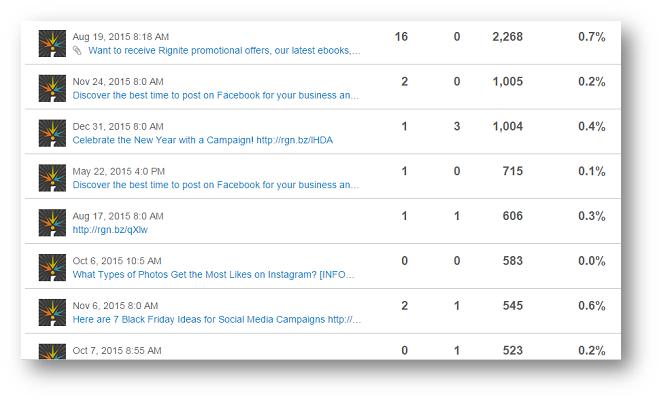
As soon as you open out, you’ll be able to check on the results your content is driving. It is one of the most reliable ways to analyze how effective your content is and how the strategy is performing. The data gathered will tell you how far your content reached, how is the conversion, where most of your traffic is coming from, and how are you acting out compared to your opponent.
10. Iterate What Doesn‘t Work
Now, after analyzing your content performance, you can easily extract what tactics are fruitful for you and what tactics are futile and unproductive.
The campaigns that are waste or unsuccessful try to iterate them. Start from the beginning, plan again and come up with better ones. You can also reciprocate the existing one if the changes need minor alterations.

Amanda Jerelyn
Amanda Jerelyn is currently working as a Content Executive at Crowd Writer UK. She is a marketing expert and loves writing most of her blog posts on the same niche.

